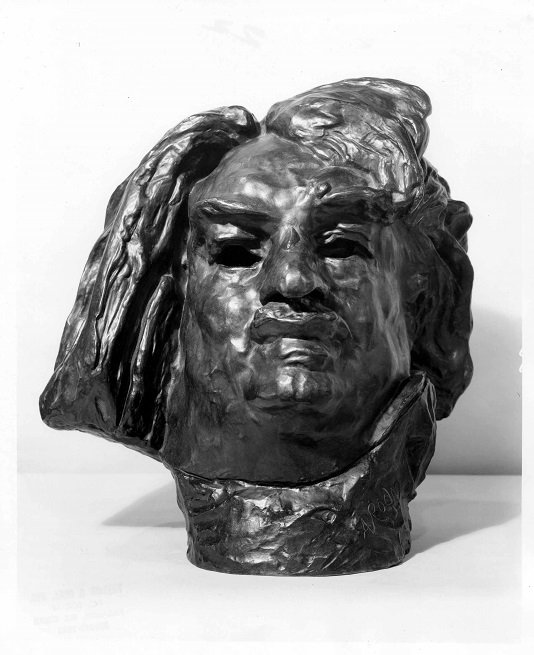In his personal life, the dynamics of events is incredible: his two sisters marry. Loran, the smaller and preferred of Honore, died abandoned in 1825 after experiencing the hell of a painful marriage. Honor himself became, in 1822, Lora de Bernini's lover, much larger than him, which for a while would be everything for him - mother, mistress, leader in secular society, financial support in risky endeavors that he unreasonably undertook. If Mrs. Balzac was the first "thirty-year-old woman" he meets in her life, Ms. de Bernie becomes a prototype of all the women living in Balzac's novel world, mature women often disappointed to fall in love - they lived in young boys and devoted them to life: such is Mrs. Mortsoff ("Lilies in the Valley") or Mrs de Barjoton ("Lost Illusions").
Thanks to the constant fuss in his own destiny, which is transported to the world of his novels, Balzac (and this is a pseudonym that has not been studied and is still totally unclear) he carries in his work the themes of his private life: Annette and the Criminal, Colonel Chabert , especially Wang Chlore (published in 1825), whose heroine preached all the images of girls in the following Balzac novels. Similarly, in the novel "The Last Fairy," there is a structure that will often be exploited in the fictional world of Balzac - the structure that recreates the tension between the ideal and the reality in which he often appears as a protagonist young man torn between a woman without a heart and a woman-angel. Although Balzac's first appearances in literature are unsuccessful, they matter as a preparation for the writer's further career experiments. Balzac seeks to gain power and earn money. He goes to the "Dawlars": a printing press. In 1828 he experienced his first crash. The same pattern will be followed by his next failures, as Balzac has been constantly contemplating all his unusual projects - from growing pineapples near Paris to extracting silver from the Sardinian mines, developed in the Antiquity and naturally abandoned as they were still then exhausted.
So he has to return to the literature. This time Balzac tries with a historical novel (a fashion-driven genre in the era of Romanticism thanks to the English novelist Walter Scott), "The Last Shuan," in which he recreates the wars that take place in the West of Great Britain during the Great Revolution. It creates an anti-liberal notion of readers about the counter-revolutionary riots in Vandeya. He also writes an almost sociological essay titled "Psychology of Marriage", La Physiologie du mariage, in which he describes the marriage institution with a lot of humor, although it hints at the seriousness and tragicity of the chosen topic. Finally, on the eve of the July Revolution (1830), the first "Scenes of Private Life" will appear, which the novelist will sign with the pseudonym, Honore de Balzac. With them the writer will create a prominence as a connoisseur of the soul of the woman and of the atmosphere in the marital union. Balzac became a journalist in the team of Emil de Girarden and led the Lettres sur Paris newspaper. Then, modern journalism was born in Paris, and Balzac would never abandon this commitment in second place. His activity as a journalist will accompany his whole work, binds him to the dynamics of current events and helps him to reflect on his political preferences (he turns to legitimacy in 1831). Journalistic commitments help him to create his own handwriting and to conquer the high spheres of the Parisian secular society quickly. Balzac's next novel, which is a clear advance notice of his future success, is The Skin of sorrow, a philosophical novel that has been marked as an event by the most influential reviewers in the Paris press.

You got a 23.29% upvote from @upme thanks to @godflesh! Send at least 3 SBD or 3 STEEM to get upvote for next round. Delegate STEEM POWER and start earning 100% daily payouts ( no commission ).